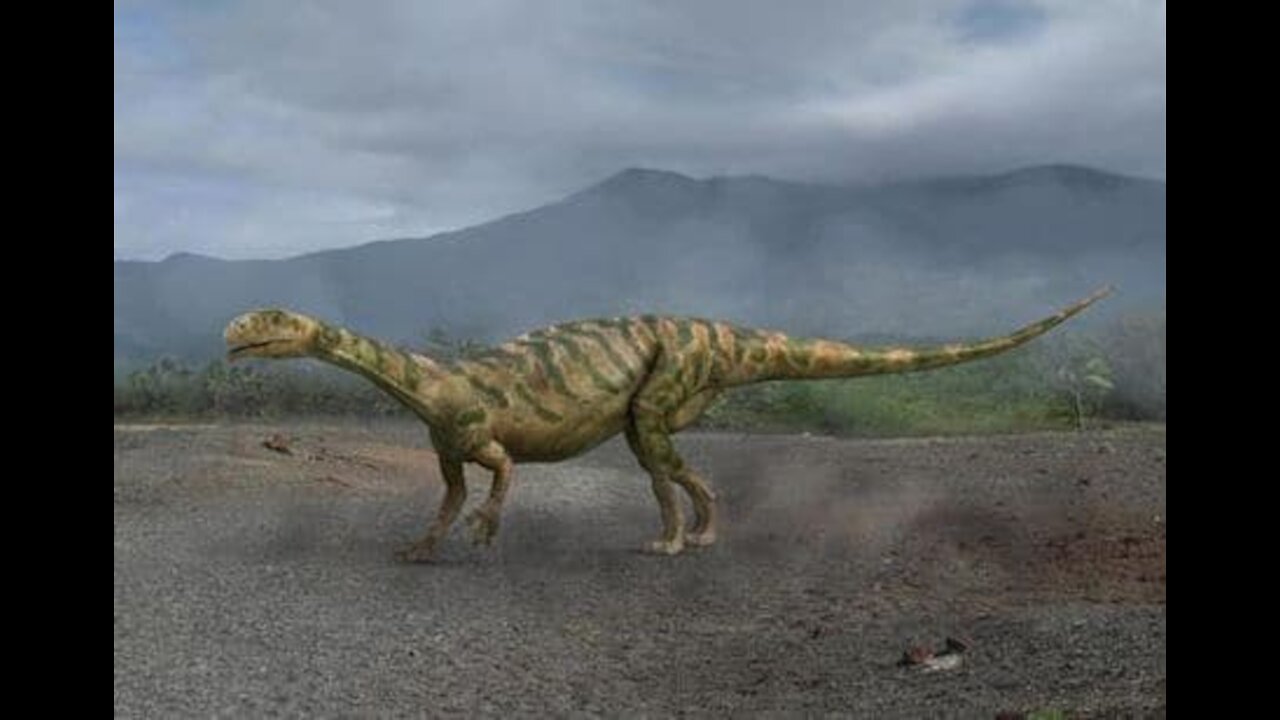Premium Only Content

Thecodontosaurus dinausor
"Thecodontosaurus" is a genus of herbivorous basal sauropodomorph dinosaur that lived during the late Triassic period .
Its remains are known mostly from Triassic "fissure fillings" in South England. "Thecodontosaurus" was a small bipedal animal, about 2 m long. It is one of the first dinosaurs that were discovered and one of the oldest that existed. Many species have been named in the genus, but only the type species "Thecodontosaurus antiquus" is seen as valid today.
In the autumn of 1834, the surgeon Henry Riley and the curator of the Bristol Institution, Samuel Stutchbury, began to excavate "saurian remains" at the quarry of Durdham Down, at Clifton, presently a part of Bristol. In 1834 and 1835, they briefly reported on the finds. They provided their initial description in 1836, naming a new genus: "Thecodontosaurus". The name is derived from Greek θήκή, "thēkē", "socket", and οδους, "odous", "tooth", a reference to the fact that the roots of the teeth were not fused with the jaw bone, as in present lizards, but positioned in separate tooth sockets. "Thecodontosaurus" was the fifth dinosaur named, after "Megalosaurus", "Iguanodon", "Streptospondylus" and "Hylaeosaurus", though Riley and Stutchbury were not aware of this, the very concept Dinosauria only being created in 1842. In 1843 John Morris in his catalogue of British fossils provides a complete species name: "Thecodontosaurus antiquus". The specific epithet, ""antiquus"", means "ancient" in Latin.
-
 2:14
2:14
WTMJMilwaukee
4 years agoSmall business Saturday shopping during a pandmic
12 -
 2:15
2:15
KMTV
4 years agoLast day to register cars during grace period
4 -
 1:14
1:14
KIVI
4 years agoSmall Business Weekend supports local business during COVID-19
35 -
 2:53
2:53
KTNV
4 years agoSmall business owner discusses survival during pandemic
82.8K2 -
 2:44
2:44
KNXV
4 years agoChanges for small businesses during busiest time of year
27 -
 0:58
0:58
Newsy
4 years agoWorkers, Small Business Owners Struggle During Pandemic
1.18K -
 0:44
0:44
KGUN
4 years agoCasa Video remains open during outbreak
33 -
 3:22
3:22
KGTV
4 years agoSmall businesses powering California's economy during pandemic
9 -
 3:22
3:22
KGTV
4 years agoSmall businesses powering California's economy during pandemic
2 -
 1:03
1:03
WPTV
4 years agoShoppers support small businesses during last shopping weekend before Christmas
2.51K